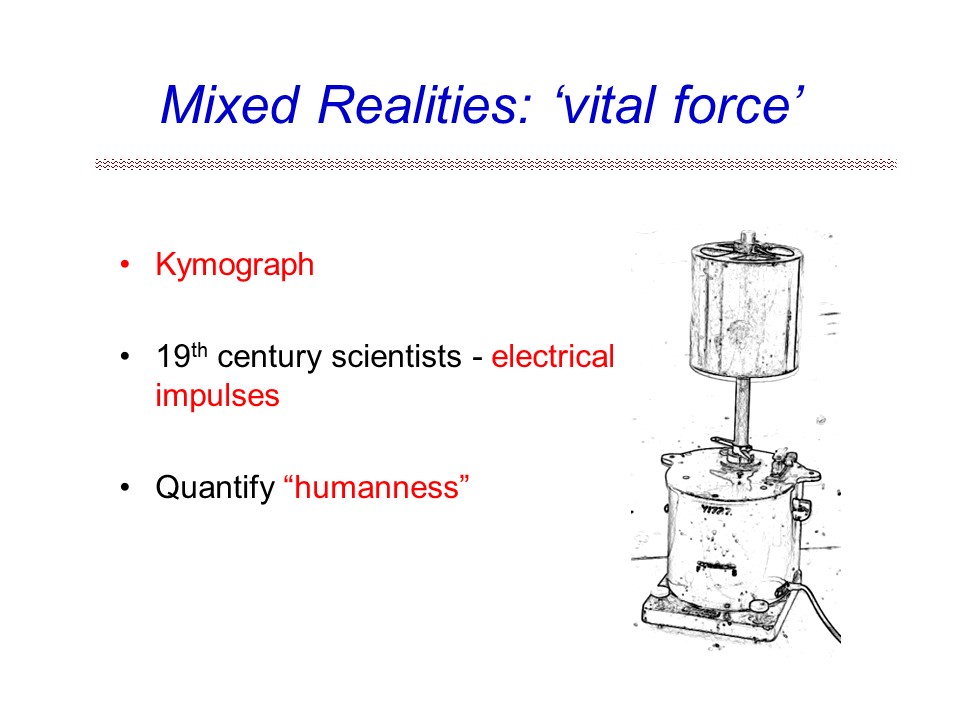An Internet search for ‘senses’ reveals that the current biophysical benchmark consists of five senses: touch, smell, hearing, taste and sight. This basic group of five is sometimes extended to include balance, temperature and proprioception. However this traditional biophysical model has been challenged and extended and today there is really no absolute definition!
It is widely accepted that the earliest systematic consideration of the nature of the senses is found in Aristotle’s De Anima, Book II, ch. 7-11. This text might be described as a type of rumination on the constituent factors of the soul of various living entities in combination with an early concept of biology and, in the case of humans, intellect. Descartes subsequently challenged the notion of relying on personal senses to validate human perceptions, whilst successive thinkers have subsequently destabilised Descartes dualistic outlook, preferring to use the term ‘vital force’, rater than soul.
The notion of the ‘vital force’ was central to my doctoral thesis research into concepts of ‘humanness’ and experimental links to the nineteenth century developments in galvanics. In particular, the development of electricity led to the invention of machines that could supposedly define the human body and all its component parts.

Whilst this Synapse project is providing me with ‘hard’ scientific data relating to the behaviour of sensory neurons I am continually mindful of the aforementioned wider, more esoteric concepts of the human ‘senses’ and their overall contribution to our general sensory experiences of our environment. In the laboratory, I marveled at the apparent sentience displayed by my cardiac cells in vitro as they sought each other out and synchronised their beating https://vimeo.com/channels/115324/27611188 . Subsequently I hoped to gain some further understanding of inter-species consciousness through entering into a honeybee research laboratory where researchers were exploring cognition in the small insect brain:

It remains to be seen where my artistic outcomes of this Synapse project will take me, but that is where the excitement of an art/science project lies!!